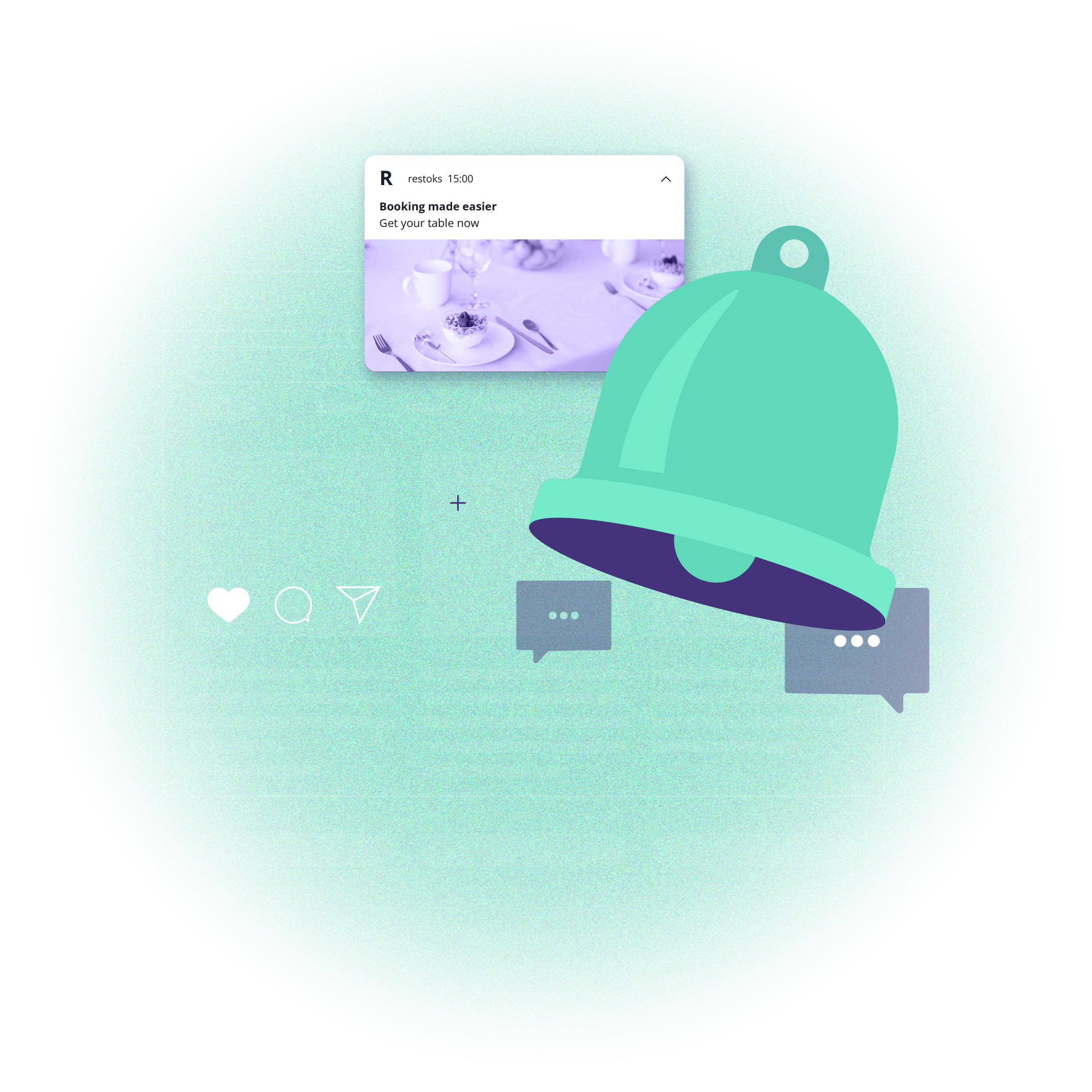Retargeting strategies in the cookieless reality
 Aleksandra Kozioł
Aleksandra Kozioł
Retargeting strategies in the cookieless reality
 Aleksandra Kozioł
Aleksandra Kozioł
When in January 2020 Chrome announced its path towards making third-party cookies obsolete, the whole marketing industry trembled. After all, cookies have been with us pretty much always, and a lot of marketing techniques are based on them, especially retargeting ones. Now, though, things change. Marketers have to look for alternatives that will enable them to reach current and potential customers without using third-party cookies. What are your options?
Let’s start with the basics. Someone might ask, what’s the big deal? Why should one browser’s decision impact the whole industry? The answer is twofold. Firstly, other browsers (like Mozilla) already have this option. And secondly, today, Chrome is by far the most popular internet browser (over 64% market share), leaving all the competition behind:

Image source: Statcounter
So yes, in this particular situation, one browser’s decision truly affects the whole industry. Now, to understand the full gravity of this situation, we have to talk a bit more about cookies themselves.
The role of cookies
Cookies are small files that contain a piece of code with information about your activity on a specific website. They can store information like:
Website name and preferred configuration
Chosen language
Login and password
In some instances, even products left in your shopping cart
Their role is to help users browse their favorite websites without the need to configure everything from scratch every single time. Secondly, they help advertisers track users (potential customers) and show them content and ads that may encourage them to place an order.
In general, we have two types of cookies:
First-party cookies: These are created by the host domain. They store all the information related directly to a specific website. You have to be aware that this type of cookie remains intact and can and will still be used.
Third-party cookies are created by other domains (not the one the given user is currently visiting). Their primary role is to help advertisers track users’ activity and preferences online.
Let’s use an example. Suppose you’re visiting your favorite online store. They have social media icons in their footer so that you can like their page profile or visit their Facebook account. Most likely, all these buttons contain third-party cookies so that when you click “Like”, Facebook will know about it, even though you’re not on their website at the time.
With third-party cookies gone, marketers have to look for other ways to track users between websites and remember their activity online (that’s what retargeting is all about–you reach just users that you know have visited your website in the past or have been interested in your products). What are your options here?
Cookieless retargeting strategies
In general, there are two major categories of actions you can take to retarget your users:
AUTHENTICATED TARGETING
This strategy is based on getting clear, explicit consent from internet users to use their data. Typically, such permission can be given via a pop-up message or as one of the checkboxes in the login screen. In this scenario, users agree for a specific website to gather data about them in the form of first-party cookies and third-party pixels (tracking pieces of code that work similarly to cookies).
ANONYMOUS TARGETING
Here, you work with techniques like contextual targeting and aggregated targeting. In the first option, you track users based on what they are interested in (context, non-personal data), not who they actually are. Facebook ads work similarly. They present ads to people based on their interests, not on who they are.
On the other hand, aggregated targeting is based on tracking groups/segments/cohorts of users matching the same criteria. As a result, not one specific user can be targeted or identified, but you can identify and target a cohort that he or she is a part of.
Granted, in the cookieless world, marketers will have to adopt intelligent algorithms (typically based on machine learning) that will help track users based on their traits and show them personalized ads.
DATA ONBOARDING (AKA CRM RETARGETING)
Secondly, it now becomes more important than ever to gather data about your users and customers and use it to track people with similar interests and needs. In short, that is what data onboarding is all about. Through this process, companies can upload their offline/CRM data (hence the alternate name) to the online world and use it to track users via specific identifiers (such as, e.g., hashed/anonymized emails that should enable marketers to track and target specific users even if you don’t have their cookie data) and enhance their campaigns’ performance.
Of course, advertisers can also combine these techniques. You can create user profiles that are composed of first-party cookies, hashed emails, and data about interests and previously purchased products to enrich these profiles and make them more useful for future marketing purposes.
And finally, there is one more strategy that’s worth your attention in the post-cookie world: Push notifications.
Push notifications thrive in the cookieless world
Like in authenticated retargeting, push notifications are based on the user’s consent. This means they don’t need third-party cookies to work effectively. Once the approval is granted, brands can show their notifications no matter where the specific user is (on what website) or what they do. All you need is an open Internet browser. It's a so-called web push.
And what about mobile applications? Here, we talk about mobile push – notifications that are based exclusively on mobile apps. Just like in web push, users don’t need to have a specific mobile app opened. For notifications to be displayed, you only need the application to be installed on a given user’s device.
Push notifications are perfect for retargeting purposes. PushPushGo notifications use customer data to personalize messages and make your retargeting campaigns more efficient. We, among others, analyze and rely on:
Visited product categories
Visited product categories in the last X days
Date of the previous visit
Number of visits in the previous X days
Here’s how it usually works:

This form of tracking users is also very effective. As our experience shows, the average CTR (click-through rate) for retargeting campaigns is at almost 13%. If you want to know more, take a look at our subpage devoted to retargeting campaigns. Here, we’d like to show you a few examples of how retargeting notifications can look:



If you’d like to see how retargeting notifications could work in your company – sign up for free and contact our team for details!
P.S. Our solution is not just cookie-proof but also 100% GDPR compliant!

Content Specialist @PushPushGo
Editor and writer. She is interested in media and new technologies.





